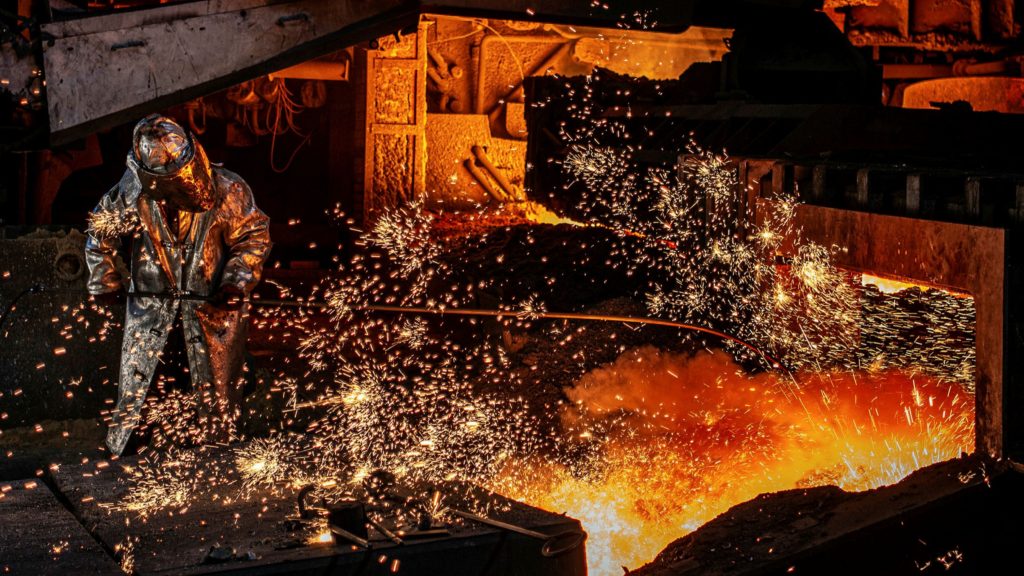Obstacles to a decent human life seems to have been propounding with each passing day. A single hurdle in human development and upliftment can give rise to so many off-shoots all around that it becomes a chaos, probably difficult for a mesh of authorities to handle.
It is not a hidden story that Inflation and slowdown surrounded a few important sectors before the pandemic thrived in and we were quick to anticipate recovery.
But now again, that old familiar feeling is haunting us, and this time the source is something we cannot afford to eliminate if we want a sustainable planet.
Facing consistent threats from nature has made us realize that we have to change, for better, probable future. But change does not always come easy, it is normally fraught with challenges.
Climate change and consequent urge to shift to greener ways in economy have been found to cause Inflation.
Even the consumers have been known to possess and affinity for “green” products and services. Therefore, governments and Industries have felt it safer to decarbonize industries but the technical changes and green investment adding to its rarity, could cost our dreams more.
For example: Glass manufacturing with possible cleaner ways add up 20% more to the overall cost, cleaner steel, for instance, is up to 30% more expensive to invest in.
In case of glass manufacturing, huge expenditure on new infrastructures, technologies and processes could all pitch in for additional prices. That is what adds to the additional cost of low carbon glass.
Companies may even have to scrap a few things here and there, this may have additional spending of 4%, according to BOE estimates.
As economies are now being re-invigorated after a long pause of lockdowns and idle businesses, a few crucial intermediate goods’ prices have soared to even touch record levels.
With critical inputs into industries being fetched at possible higher costs, the output has to be inclusive of those additional costs and is transferred over to the consumers.
A joint study by Boston Consulting Group and the World Economic Forum has clarified that decarbonization of goods will add 1% to 4% to end-consumer costs.
Copper, an important ingredient for power grids and wiring in wind turbines, is facing a price increment of more than 60% since last year.
Even the steel that finds its use in almost everything: from bridges to cars, ball-bearings to a needle, is manufactured releasing a great amount of carbon emissions into the environment.
Alternatives for the process do exist like using hydrogen or biomass to emit lesser emissions or green steel but those options are seemingly expensive.
Economics is puzzling enough as dwindling finances by green-minded investors are causing the oil companies to reduce drilling for more oil. This resulting supply squeeze is again increasing the oil prices before economies could shift to permanently greener fuels as expected.
The global aspirations for net-zero targets require a gross annual investment of $5 trillion in energy systems by the end of the decade.
This can be ascertained by the fact that this amount is even more than double the average in the past five years, according to the International Energy Agency.
“If our solution is entirely just to get a green world, we’re going to have much higher inflation, because we do not have the technology to do all this, yet. That’s going to be a big policy issue going forward.”
The inflation is even going to be a bigger problem if alternative renewable power sources and the subsequent crucial infrastructure for delivering the technology into homes and businesses will not be able to pickup the vacancy created intentionally.
Here is when we will require our legislators to help Industries in need. Incentives as well as investments for keeping such transitions relevant to the economy, will be needed consistently or maybe operation of carbon offsets.
In order to protect its industries from becoming uncompetitive while implementing climate policies, Europe has proposed to impose a carbon border tax, or penalty for bringing emissions embedded in goods like steel or cement into the regional bloc.
But as the world changes, one is hopeful that things may change on adaptation. Starting is always difficult, one tipping point is crossed and half the work is done.
With EVs filling our markets now and major players getting involved, it is predicted that they may reach price parity as early as 2025.
Or the much-contented Solar power now that has found its prices slashed by more than 90% in just last 10 years.
Even the Central banks worldwide have strengthened this fight against Climate change, by adopting and promoting green finance and at times financing only green projects.
But looking at just one side of story is never wise decision.
An economist explains: “That’s just looking at that in isolation and not thinking about the huge wider benefits through better air quality, through helping to tackle climate change by reducing carbon emissions,”
With climate change happening at a fastening speed, pandemics and disasters becoming more intense and frequent, we can only opt to go green for bare survival. Economy slides along with it.
A report ‘State of economy’ by RBI has said: “Speed and scale of vaccination against COVID-19 will shape the path of economic recovery which has the resilience and the fundamentals to bounce back from the pandemic and unshackle itself from pre-existing cyclical and structural hindrances”.
Network for Greening the Financial System, composing of 90 central banks, has estimated a global GDP hit of up to 13% by the end of this century if our green transition fails anyhow, even before accounting for damage from severe weather events.
Can we afford to lose big time for cutting short-term additional costs?

